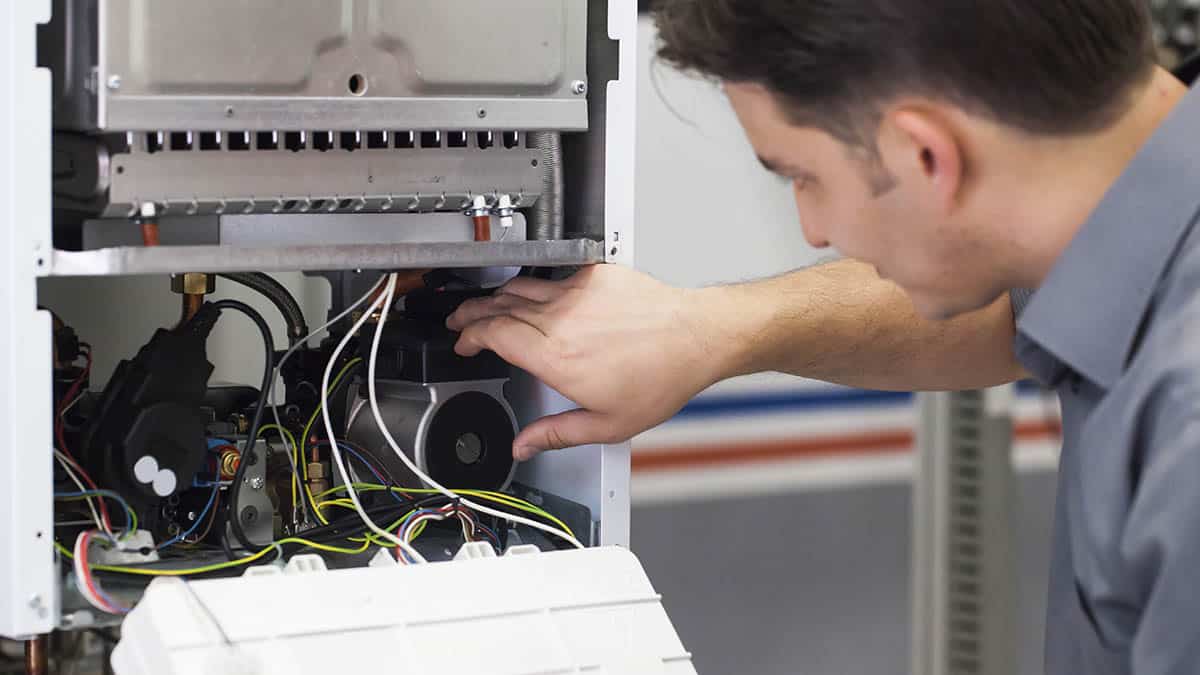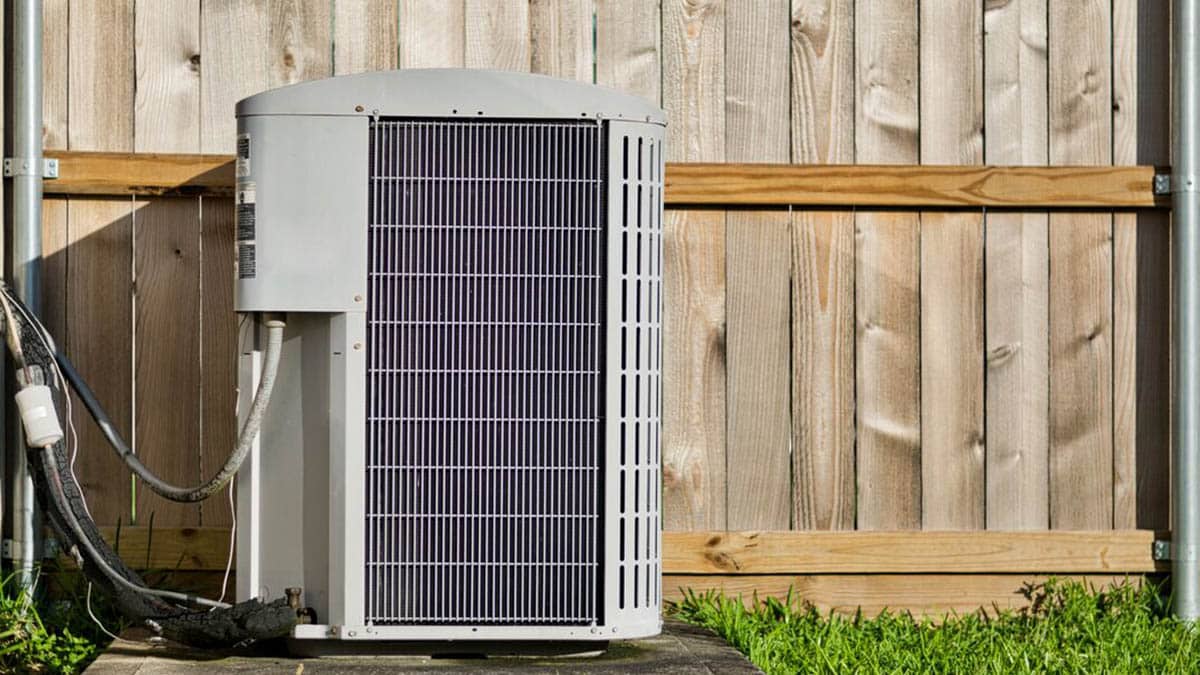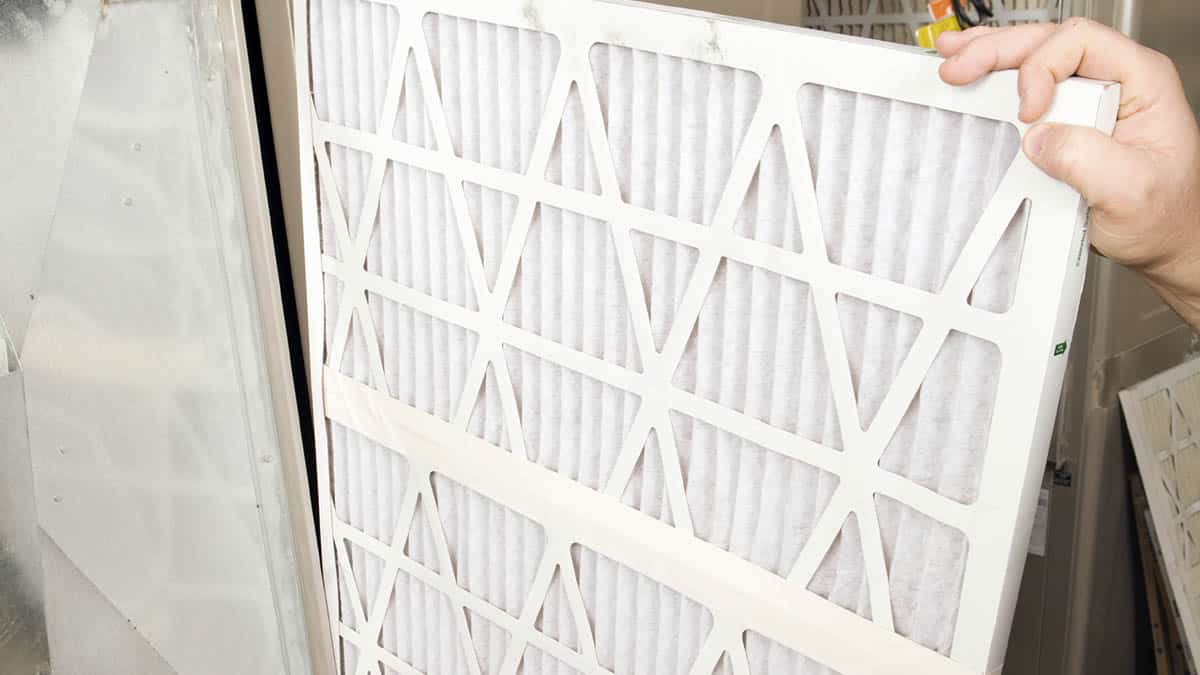Upgrade Your Comfort with Helpful Tips from Our Blog
Looking for other ways to improve your sense of comfort at home? We’re always sharing industry news and insider tips on our Blog. Check out our newest updates today!
Summer vacations are the perfect chance to relax and take a much-needed rest from the everyday hustle. Prior to departure, ensure that the house and HVAC system are set for while you’re gone. A little preparation goes a […]
Most homeowners are looking for the best central air conditioning for their homes, but the air conditioner isn’t exactly the decorative centerpiece people enjoy having in their yard. Do you need a better sense of comfort indoors without […]
You count on your home’s plumbing system to support daily chores and plumbing fixtures, but unseen troubles can hide everywhere. Fortunately, you can avoid obstructions, leaking and even flooding with a little preventive maintenance. Here’s the way to […]
During the hottest days of the summer, you rely on your HVAC system to keep your home comfortable and safe from the worst of the heat. That being said, your AC unit may run into trouble as day-to-day […]
Here are eight warning signs that your furnace may need to be replaced. Thanks to Home Energy Center, which compiled this report based on research undertaken by the federal Department of Energy, the Environmental Protection Agency, Minnesota Department […]
There are three ways to deal with a leaky evaporator coil, and each one has advantages and disadvantages. Let me give you some information so you can decide which is the best route for you to take. Every […]
Filtrete Air Filters are a popular and top rated brand in the air filtration industry. However, there are some shortfalls of the Filtrete Air Filter. One Inch Size: Filtrete Air Filter are only 1″ thick. Filter depth provides […]
Two types of heat are important in air conditioning. These include: What is Sensible Heat? Sensible heat is heat exchanged by a thermodynamic system that changes the temperature of the system without changing some variables such as volume […]
Costco is a great retailer and has put more resources into the HVAC category. Lennox and Costco have partnered so Lennox is the exclusive HVAC Brand offered by Costco. This is a very impressive endorsement as Costco has always been known […]
In 2009, the United States adopted the International Energy Conservation Code, or IECC. The purpose of this legislation was to set forth a long term system of energy efficiency upgrades within certain geographic areas of the United States. […]










